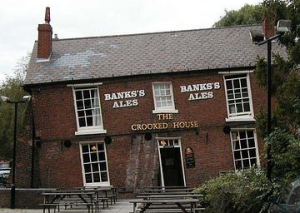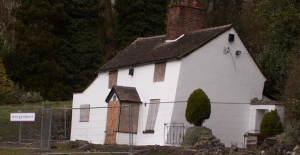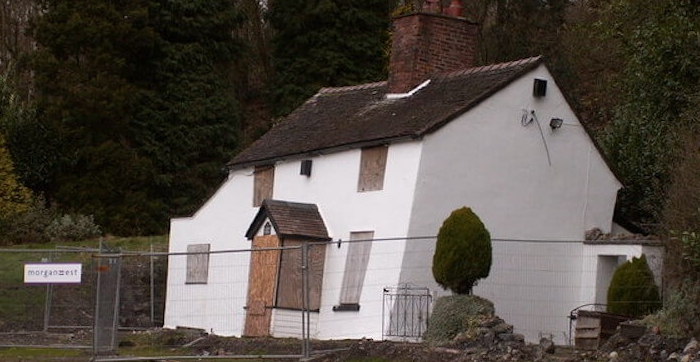One of the risks that a surveyor will consider during a house survey is that of subsidence. This is the likelihood that the ground the property is built upon has or is likely to move, affecting the structural stability of the property and the safety of its inhabitants.
Subsidence on a survey

If you are buying a property that has one or more risk factors for subsidence, you would be wise to invest in an RICS Level 3 survey or the equivalent RPSA Building Survey. Whilst neither of these can definitively identify subsidence, they will give you a strong indication as to whether subsidence is suspected and why.
The main risk factors for subsidence are period properties, which may have shallower foundations than their modern counterparts; large trees nearby; clay ground; drain or water mains leaks; and the distance from a quarry, mine or pit.
Contrary to popular belief, cracks on a property’s walls are not usually related to subsidence. Unless the cracks are significant, are visible both inside and outside the property, are wider at the top than the bottom or are located close to a door or window, they are unlikely to be a major cause for concern.
If your surveyor suggests that there is a likelihood of subsidence, you should consider whether you really wish to continue with the purchase. You should be aware that there are potentially significant costs involved to rectify the damage and that you may struggle to obtain a mortgage or home insurance.
If you still wish to proceed, you would be wise to instruct your conveyancer to flag this issue with the seller’s solicitor and to discuss the possibility of a structural engineer inspecting the property with the cost either borne by the sellers or split between you. Once the report is available, you will be in a better position to decide how to proceed. A conveyancing specialist such as Sam Conveyancing will be well placed to help you with this decision.
How subsidence affects conveyancing

If your offer is accepted on a property that has one or more of the risk factors listed above, you would be wise to advise your potential conveyancers of this fact when seeking conveyancing quotes. It is likely that, should subsidence be identified, delays will be introduced and additional liaison will be required with yourself, your mortgage company, the estate agent and the seller’s solicitor to progress the sale through to completion. It may also be a riskier proposition for the conveyancer due to the increased likelihood of the sale falling through.
If previous subsidence and subsequent repair, by a method such as underpinning, is declared by the sellers before your offer is accepted, it is likely that the conveyancing process will be more straightforward than if it is first identified during your house survey. This is especially so if the sellers already have the property insured, having declared the previous subsidence and underpinning works to their insurer. Having signed off buildings control documentation relating to the underpinning will also simplify the legal process of purchasing such a property.
Summary
Subsidence can have significant implications for a property sale; however, expert advice is readily available. If the sellers are keen to sell, they should be supporting you to identify the severity of the issue, remedy it, and communicate clearly and regularly via their solicitor to ensure the sale proceeds as planned. If necessary, you should negotiate the price to ensure you have sufficient capital to perform the work necessary to make the house stable, safe and insurable.

